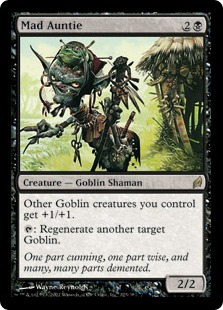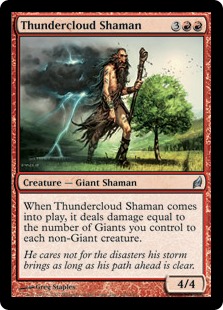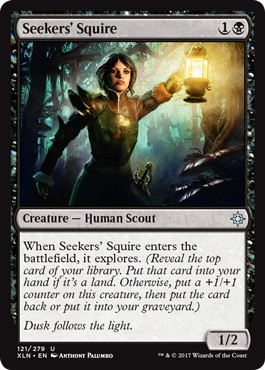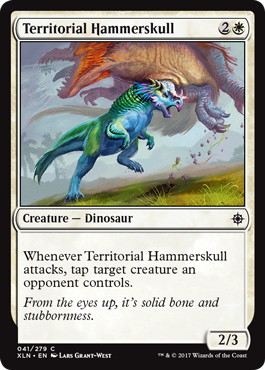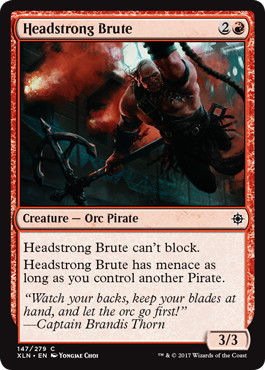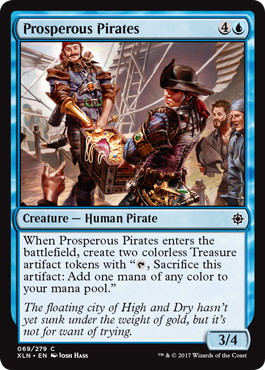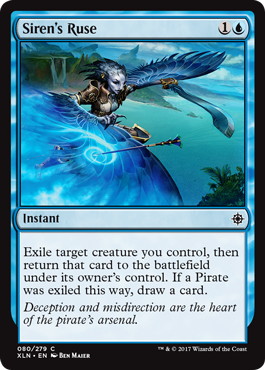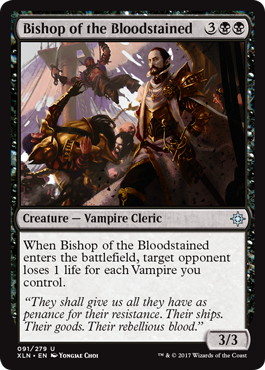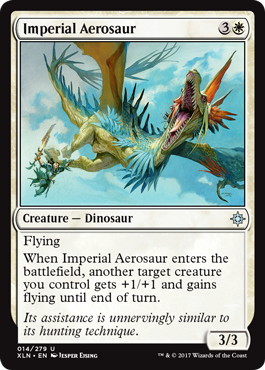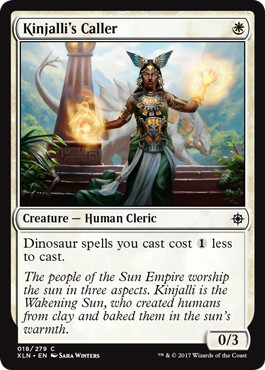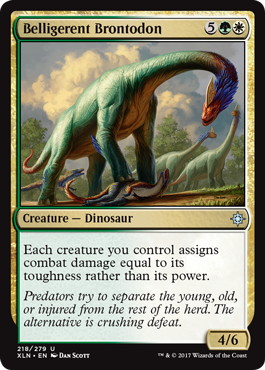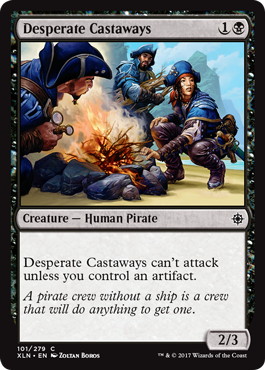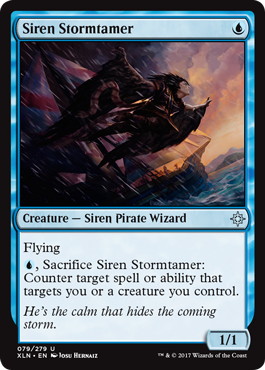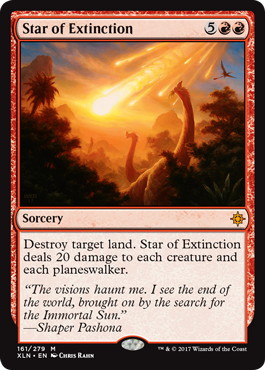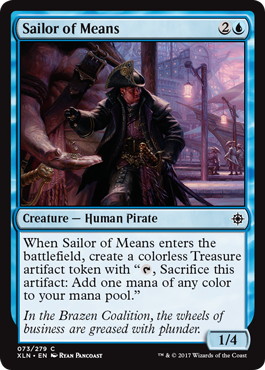Introduction
Hi readers.
As you might have noticed, I mostly write about constructed or, from times to times, generic tips to improve as a Magic player. But this year, I decided I would start including a bit of limited in my work. I actually discovered tournament Magic via drafting, and only got interested in 60 cards decks two years in my Magic career.
The reason why I did not talk about limited before is because I feel like most limited articles are about rating cards, deciding on your first pick, letting you know which card is underrated and why, and so on. This is helpful advice for sure, but in all fairness, I do not think I play enough drafts at the moment to answer those questions as well as most pros would, so why bother ?
But still, I usually do really well in limited at the PT, with a win percentage somewhere around 65% and no 0-3 over the twenty-ish PTs I played, so maybe I could share with you the one thing I think I do right : figuring out which strategies should work in a given enviroment.
Let’s go.
A general approach to Ixalan limited
At this point, you probably heard tons of times about how Ixalan is a “tribal” format and you should find out which tribe is open and draft it. But that does not do much good if you do not understand what each tribe tries to accomplish, or what “drafting a tribe” means.
The posterboy of tribal formats was Lorwyn – the first format I actually drafted competitively. It was so tribal, actually, that you could basically judge how good a deck was just by counting how many times it had the keyword “Merfolk”, or “Goblin”, or whatever.
That means that it was somewhat goofy, because you had a huge incentive to just force a tribe early on, and just pick every card that matched your tribe without a second thought. Second-picking a “good” Merfolk (my favorite tribe by far) over a great removal was common instance for me back then, which did not take much skill and granted good results.
Ixalan is no such format, or at least not every tribe is. Even though the set rewards you for having some level of synergy, it does not reach a point where synergy is all that matters. If you have to play a 《Seekers' Squire》 in your R/B Pirates deck to make the curve work, that is fine. If 《Pirate's Cutlass》 is how you intend to make sure your Vampires get through, your deck might still be good. And if you first-picked a 《Territorial Hammerskull》, you are still well within your right to second pick that 《Contract Killing》.
Basically, what you need to be aware of is where your own tribe sits in terms of powerlevel compared to the others. Let me put in that way : if we put together sample decks with 23 creatures of the same type, 17 lands and no synergy at all, who would win ? My answer to that is Merfolk, but that is not important : the important part is that not every tribe rewards you with the same power level regarding its synergies.
So, if you draft one of the less powerful tribes (Vampires, for example, have fairly weak payouts outside of 《Anointed Deacon》), you should make sure that you have some level of synergy in order to stop the game from becoming a “goldfish contest” that you will almost certainly lose. In other words : the less inherently powerful your tribe is in terms of rewarding synergy, the more you should bother with interactive cards.
Which tribes want to interact, and how ?
The following chart is an attempt at positionning the tribes based on two things : their powerlevel when not interacted with (called Synergy), and their ability to interact (called Interaction, what a surprise).
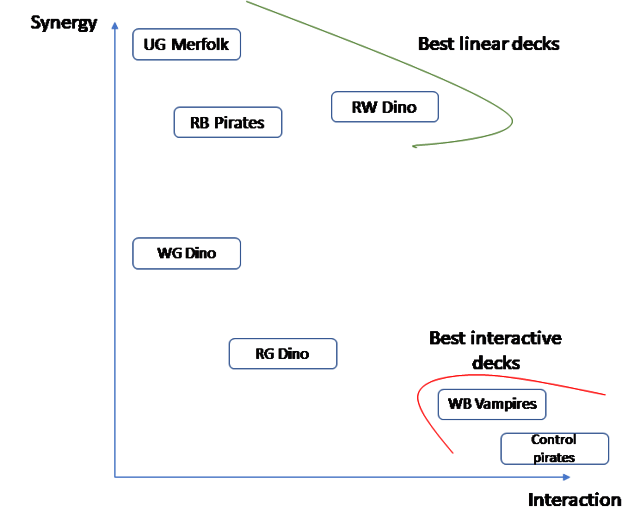
I distinguished between “Aggressive Pirates”, which are typically red, raid-oriented (no pun intended, I swear) Pirates decks making use of 《Headstrong Brute》 and 《Storm Fleet Pyromancer》, and “Control Pirates” that are looking for 《Sailor of Means》 and 《Prosperous Pirates》 (so, typically blue-based) as ways to control the game and potentially splash whatever bomb rare you pass them. For those decks, 《Pirate's Cutlass》 and the occasional 《Siren's Ruse》 or 《Fiery Cannonade》) are the only rewards they get.
As you can see, I have Merfolk as the most powerful tribe in a vacuum, with RW Dinausors and “Aggressive Pirates” as close seconds, but all three are pretty mediocre at interacting. On the other side of the spectrum, you’ll find “Control Pirates” and my personal favorite, WB Vampires. Both have fairly weak rewards (I consider 《Bishop of the Bloodstained》 an extermely medicore card, even in vampire decks since it is such a winmore card), but benefit from the absolute best tools to stop opposing synergies, mainly because they have the most removal (and, in the case on Pirates, the best tools to splash even more removal).
Following this chart, I think you should draft very differently depending if you are on Merfok or Vampires, for example : actually, it almost feels like I am drafting a different format depending on which tribe I think I might end up five picks in. If I am drafting Merfolk, I just want to put my opponents to the test and assemble lost of synergies, knowing that I will beat anything they do as long as they do not kill my guys.
So, I’ll pick good Merfolks above pretty much anything else, which is absolutely fine since the interactive cards in blue and green are not very exciting anyway. Basically, I’ll be looking for a deck containing 16 to 18 Merfolks with a great curve, and whatever spells I’ll get to support them should do as long as I curve out.
If, on the other hand, I am drafting Vampires, I am very unlikely to have 15 of them because they are quite mediocre overall. I want to prioritize removal extermely heavily, and finish the draft with, say, 10-ish random Vampires including at least one 《Anointed Deacon》, 3 to 5 other creatures that are just good by themselves (《Imperial Aerosaur》, 《Emissary of Sunrise》……) and 8 removal spells.
Both strategies are absolutely fine and grant very good results for me so far, but mixing it up will have devastating consequences ; I am absolutely convinced that a ton of players will feel unlucky going 0-3 with their “perfect 18 Vampires deck” when a deck with 18 Vampires in it is actually bound to be bad.
Some specifics about tribes
About RW Dinosaurs:
Looking at the chart, it might look like I think RW Dinosaurs is busted, since it is good at interacting, and powerful. While both things are true, and I do believe that RW Dinosaurs is one of the better archetypes if you can get it, it is also wildly dependant on powerful cards that everyone wants (as are most Dinosaurs decks, because most Dinosaurs are good by themselves and removals are, well, removals) and whenever you draft it, you still need to decide between power and interaction. The good thing, though, is that both options are correct, so you have a little more flexibility during the draft.
About GW Dinosaurs and RG Dinosaurs:
As you can see, I feel like both archetypes are pretty weak overall : they do not do such powerful things, are very easy to interact with (you basically put a lot of resources into a few big threats), and do not interact very well themselves. You can still draft them if they are really open, but I would not want to fight over any of those. A “great” GW Dinosaurs should err on the side of power, and be built as a ramp deck with 《Belligerent Brontodon》 as the ultimate reward, and I do not think there is such thing as a great RG Dinosaurs deck, but going a more aggressive route gives you the better chance.
About “Aggro Pirates”
Aggressive pirates deck being classified as “bad at interacting” might sound wrong : they are in the grixis colours, which means that they usually have a lot of removal at their disposal. The reason I classified them the way I did is because, sicne they tend to play weaker cards than most on an individual level, they absolutely need to make sure they maximize synergy and curve to make those work : if you delay your strategy by playing too much interaction, you will end up having your creatures outclassed by your opponent’s without him needing to assemble any kind of synergy for that, and that is not an acceptable strategy.
Other archetypes
I focused on tribes so far because I think understanding how they work in fundamental to learn the format overall. Still, it is perfectly fine drafting a colour combination that does not support a tribe, namely blue-white, or even to draft a colour combination that would let you play a tribe but chose otherwise. To make this, just aplly the logic I just described to your tribeless deck : you either want to be more powerful than Merfolk, or more interactive than Vampires.
I will not go over every possibility outside of the tribes, but I’ll leave you with two good examples :
UB “Stupid Flyers”
I think, a pretty great deck :
You just make use of all the cheap, evasive early drops such as 《Blight Keeper》 or 《Siren Stormtamer》, put a bunch of auras of them (《One With the Wind》 and 《Mark of the Vampire》 being premium tools for the deck), and ideally protect them with various countermagic. You almost do not want removal, and you will sacrifice a lot in terms of interaction to get your whole thing going, but the deck works wonders and is an absolute beast at picking apart other coherent, dedicated decks like merfolk.
Uxx “Treasures”
It is on the opposite side of the spectrum :
You only want to play removal and produce treasures, and slam some bomb thanks to the clues. It is absolutely not uncommon to draft a blue-white defensive deck, for example, and splash for 《Star of Extinction》 and 《Belligerent Brontodon》 in one deck. Here, you are a pure synergy deck, and your power level is very low, but you are so good at preventing the opponent for assembling any of his synergies that he is left with random critters that you trump with a few super-expensive, potentially clunky win conditions.
I hope this articles helped you get a first look at how I think you should approach the coasts of Ixalan.
For me, I’ll put those to the test next week in Albuquerque : hopefully, I will not make too much of a fool of myself there.
Until next time,
Pierre Dagen
Recommended Items
Share in Twitter
Share in Facebook




